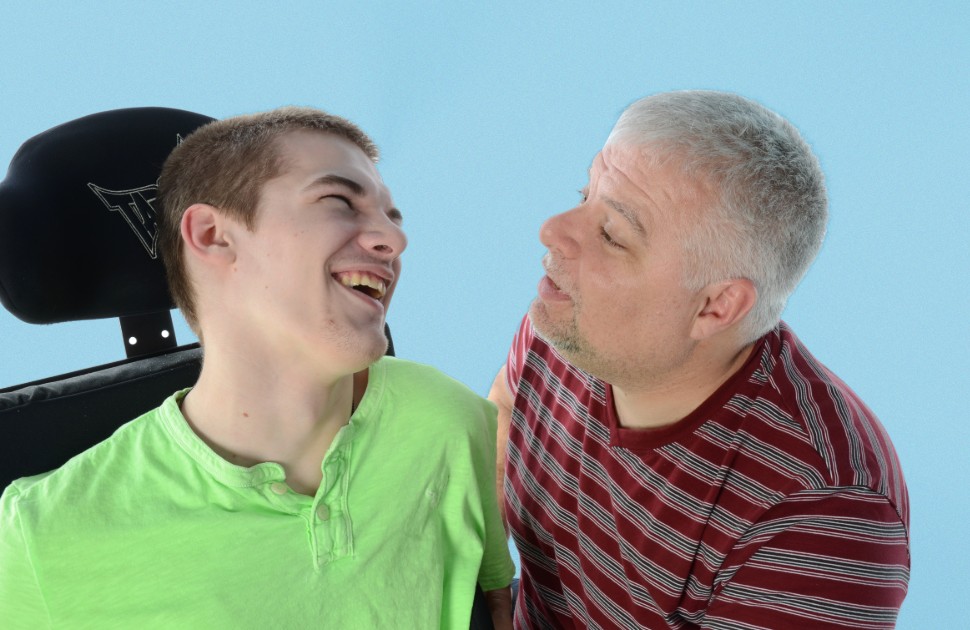
What are tics?
Tics are sudden, repetitive movements or sounds children make. Older children can describe an urge to make the sound or movement. Older children can resist the urge to do the tic (suppress the tic) for short periods. Tics can include:
- Simple movements of the face, head or neck (like blinking)
- More complex movements
- Noises like sniffing or throat clearing
Tics tend to come and go and change over time. At times they may be happening often, but then get better after several weeks. Tics will usually start around age 5 or 6 and can get worse between ages 10-12. After that, tics tend to improve. For most youth, tics have either resolved or improved quite a bit by the age of 18.
How common are tics?
Tics are very common in childhood. About 1 out of every 5 children have tics at some point in their lives.
How are tics diagnosed?
The diagnosis of tics is fairly simple. Children or youth have tics if they:
- Make sudden, repetitive movements or noises that come and go over time
- Feel an inner urge to make these movements or noises
- Can suppress the tics for short periods
There is no need for tests like x-rays or scans. Only time will tell if children will outgrow their tics.
Could my child or youth have Tourette Syndrome?
For a diagnosis of Tourette Syndrome, a child or youth would have to have several movements and noises that last for more than a year. Swearing without being able to control it is very rare.
How are tics treated? We don’t treat tics unless they are bothering a child or youth. Most of the patients (90-95%) we see at the CHEO Movement Disorders clinic decide against treatment. Follow up with your family doctor for more information.
How can I help my child or youth?
Help your child or youth understand that many children and youth have tics at some point, and they usually outgrow them. Show them that you understand they can’t control the tics (except for a very short time). Calling attention to tics or asking your child to stop the tic will not help. It may even make the tics worse.
Children and youth with tics are sometimes teased, or may be a target for bullying. The best way to handle this is to help friends and classmates learn more about tics, explaining that the tic movements and noises are difficult to control. This could mean:
- Your child or youth doing a presentation on tics for the class
- A parent or teacher speaking to the class about tics
- A speaker from Tourette Canada coming to speak to the class
More information
Have you registered for MyChart?
MyChart is a FREE secure, online patient portal that connects patients to parts of their CHEO electronic health record, anywhere, at any time.
To apply for MyChart access, visit cheo.on.ca/mychart and fill out the MyChart access request form. Once your application has been approved, we'll send you an email with an activation code and instructions on how to log in and get started.





